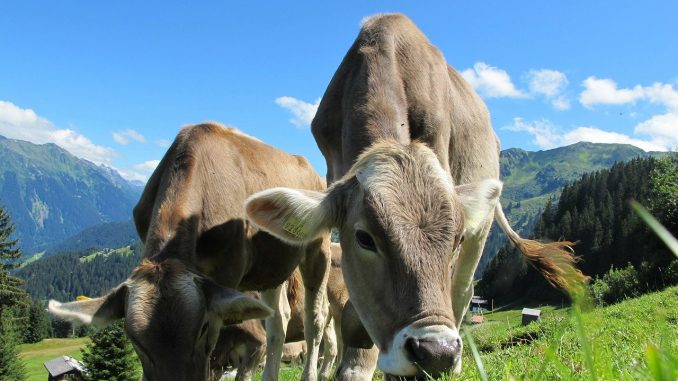
It is important to distinguish between environment and climate when discussing climate issues, otherwise, it will be incomprehensible
We face one of humanity’s greatest challenges, keeping the Earth’s average temperature rise below 2 degrees Celsius, while the world’s population will increase to about 11 billion individuals who want the same wealth as in the west.
It’s easy to get worried when we blame the problems on animals, forestry, and agriculture instead of addressing the real problem, that we are digging and pumping coal and oil out of the ground.
To understand this, we must begin to distinguish between environment and climate. If we do not, we can have incomprehensible discussions that organic farming is good for the climate. Organic cultivation is good for the environment as it uses less toxins and fertilizers. By contrast, conventional cultivation is better for the climate because agriculture can produce more on the same land – as is the forest.
For the climate, it is better the more forest we can produce per hectare. However, it is better for the environment if we have firmer woods with more deadwood and more leaves. An example: planting forests on our rich pastures would be an environmental disaster, but since the forest binds coal, it would be positive from a climate point of view.
We must begin to distinguish between black and green carbon dioxide. What is green carbon dioxide most certainly asks? Green carbon dioxide is what has always been in the air and must exist for life on this planet to exist. The problem now is that we are breaking down and pumping up coal and oil that have been bound in the ground for millions of years. In the debate, there is no difference between black and green carbon dioxide, which means that nature’s own processes can also be considered climate-impacting.
To calculate how much different greenhouse gases affect the climate, a time limit is used. Today, the time is set to 100 years. Methane gas is a powerful climate-affecting gas. Compared to carbon dioxide, it is 25 times worse per kilo over a 100-year period. Since methane gas has a half-life of ten to 13 years and black carbon dioxide has a half-life of several million years, the comparison is limiting.
If we instead choose a time limit of a few million years, it will cause the impact of methane gas to be negligible, which would be wrong in the short term.
If instead of the concept of black and green carbon dioxide, we mean that we can supply as much climate-impacting gases as nature with the help of photosynthesis, by binding each gas. In practice, this means that cows do not affect the climate, as long as we do not increase or decrease the number of cows. If we increase, so does the amount of methane gas in the atmosphere. If we have fewer cows, the amount decreases after a few years.
Of course, more climate-impacting sources than methane gas are released from agriculture. Nitrogen from manure and open fields, carbon dioxide from open fields, production of artificial fertilizers and power feed, fuel for tractors and more, but the question is whether it is green or black carbon dioxide.
The cows are needed for environmental reasons in Sweden. Our pastures are among the world’s richest areas. Sheep and horse with several pastures too hard and are therefore not as good as the cow. I remember too many pastures where as a child I picked strawberries where there is now a growing forest. It may be good for the climate, but it is a disaster for the environment if it is to continue.
We must also think about whether the future agricultural land of the earth will suffice to support 11 billion people, if we all want to continue to eat the food we eat today, and not simultaneously exploit more rainforests. It is a difficult global distribution policy issue.
Leave a Reply